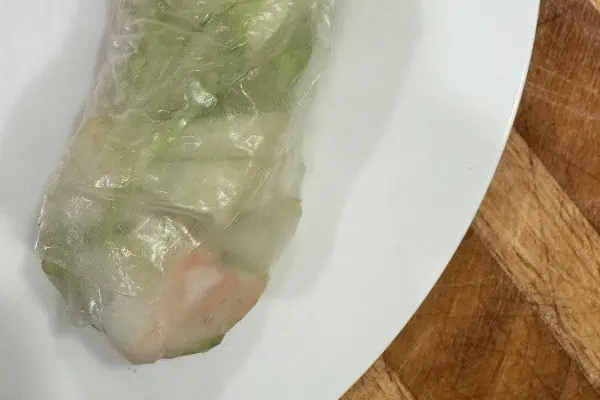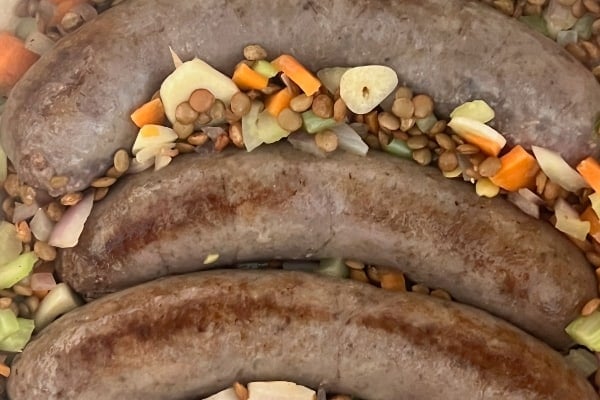Light is the main requirement for your seedlings once they have emerged from the soil whether they are flowers, vegetables or herbs.
Having a sunny south bay window may not be enough intense light to prevent the seedlings from growing tall and spindly.
Although it is too early to plant in your greenhouse, unless you plan to provide heat at night, you can still take advantage of the increased light a greenhouse provides. Simply place your plants in the greenhouse for a few hours every day.
Then (and this is the hard part) bring the plants back into the house by 5 or 6 p.m. This will keep your plants from getting too spindly.
Beware: more than one person has forgotten to bring the plants into the house for the night. As luck would have it, that is precisely the night the temperature dips below 0°C.
While you are puttering inside the greenhouse, now is also the time to get your growing beds ready for the coming season.
If you haven’t removed the old and dead plants from last year, now is the time to do so. Shredding and then composting is the ideal way or, if you lack the time, space or equipment, send it to the landfill where it gets composted with everyone else’s.
While at the landfill, you can obtain compost for your garden and greenhouse.
Besides compost, other good additives for your soil are sawdust and peat moss. They help in aerating the soil and are valuable in soil building.
When adding sawdust, you need to increase the nitrogen content of your soil by using horse manure, good quality compost and/or commercial fertilizers.
Once all these ingredients are added to your growing benches and are mixed into the soil, water the beds with warm water. Then loosely cover the whole bench with a thin layer of clear poly to warm the soil. This layer of plastic increases the soil temperature substantially and will make a huge difference on the quantity of your tomatoes and cukes.
Once we reach the frost-free days, usually end of May/beginning of June, the seedlings you so faithfully carried from the house to the greenhouse and back can be planted.
Planting through that clear poly keeps the plants’ roots comfortably warm, producing more fruit and accelerating the growth of the plant.
Keep in mind that most greenhouse crops like a soil temperature of between 16° and 20°C. Realize that those temperatures are not “air” temperature but “soil” temperature. The easiest way to achieve those warm soil temperatures is by using clear poly.
I have been asked many times regarding the use of black plastic. We discovered that the temperature underneath black plastic is much cooler but black plastic can be used in getting rid of weeds. If you have a lot of weeds in your garden or greenhouse, black plastic will help. But keep in mind that chickweed will sprout anyway and if they find a tiny hole in the plastic, chickweed will find it and grow through it.
In our own greenhouses we would use the plastic mulch on all our vegetable crops and I believe we had tomatoes and cucumbers ready for the market by end of June.
Cabbages, cauliflowers, broccoli, zucchini and the squashes all received the same treatment.
Ingrid Wilcox operates Lubbock Garden and Floral Consultant and offers gardening, greenhouse and flower arranging workshops. Contact her at [email protected].




